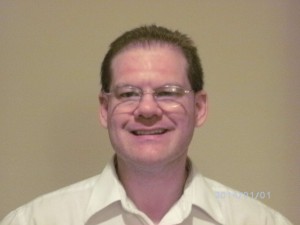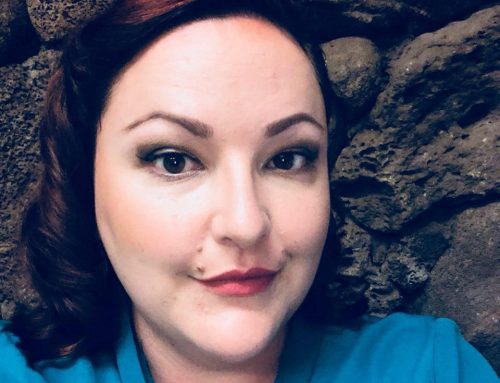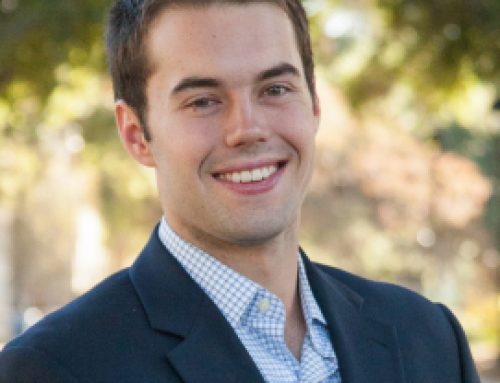I developed harming obsessions when I was 10 years old. The year was 1984 and virtually nothing was publicly known or discussed about the phenomena that today we know to be obsessive compulsive disorder. I was a grubby farm kid walking barefoot through pastures dotted with piles of cow manure and playing with the new batches of spring kittens in the hay barn. It would bother me a little bit during the day, but I could shake it off. It was just an annoyance, something that just happened. At night is when it started effecting me more, as I would feverishly toss and turn while the fears would loom larger in my brain. A lot changed in the late 1980s regarding OCD. Largely regarded as untreatable and notaffecting a sizable enough portion of the population to pay it any real attention in the first half of that decade, a significant set of transformations occurred by the end of it. The first of these was the development of the International Obsessive Compulsive Foundation in November 1986. Originally named The Obsessive Compulsive Foundation, this world renowned organization started as simple nonprofit launched by Dr Wayne Goodman. Goodman, a junior psychiatrist at Yale who developed an OCD research program during his residency there; got together with several people he’d met at the Connecticut Mental Health Center in New Haven, Connecticut. They first thought of forming a support group and then realized the demand for research and advancement, of awareness, and declared it a non-profit. The group sent a letter to the ABC’s 20/20, asking the news show do a segment on it. As a result, in May 1987, 20/20 aired the first national television news report on obsessive compulsive disorder. The newly-christened foundation was flooded with inquiries and research requests, which set up ample clinical sites all over the US to study the disorder. The next development was the release of Prozac by the FDA in December 1987.Anafranil up to this point had been the only drug shown to be effective against OCD.Fluoxetine would soon take over, as the effectiveness of the psychiatric wonder drug established it as the go-to medication for treating the disorder. A little over a year later, the third and biggest of these Zeitgeists, was the release of a book by Dr Judith LRapoport called The Boy Who Couldn’t Stop Washing. Dr Rapoport had been the Chief of Child Psychiatry at the National Institutes of Mental Health since the late 1970s; and had, had ample time to study people with obsessive compulsive disorder. She had participated in clinically conducted trials regarding Anafranil’s effectiveness for OCDand collaborated with other colleagues regarding its treatment. Published in 1989, The Boy Who Couldn’t Stop Washing was a compendium of stories, narrated by DrRapoport herself, that told of the real experiences of these patients. Her book sold over one million copies world-wide, in 22 different languages, and made the major media talk show rounds. OCD had come out of the shadows.
Taking the Wayback machine to May 1987, I wish I had been paying attention to that 20/20 segment, but I was a kid, hobknobbing in the late spring sun, dealing with the social angst of being an early teen, and bicycling to school with my friends. I wish I’d been alerted to the emergence of Prozac and the release of Dr Rapoport’s book but Oprah and Donahue were never really my thing. We didn’t have cable so Larry King Live wouldn’t appear on the console television. If I’d read about or watched any snippet of television-related news regarding any of these big-three developments, the lightbulbwould have gone off. On the outside I looked like a perfectly normal kid. All the while, a monster was raging inside my brain. It’s hard to believe that over 25 years have passed Dr Rapoport released her book. The IOCDF has existed for nearly 30 years and harming obsessions have become one of the better known types of OCD; along with religious, pedophile, sexual orientation, responsibility. Unlike it was in 1984, it is regarded as treatable in 70% of the cases. I overcame my harming obsessions with a combination of Prozac, psychoeducational counseling, and mindfulness.
It took 20 years of my life to realize that I would not carry out the violent images that constantly intruded into my consciousness and that they were not expression of my character, temperament, or inner desires. OCD is a disorder that is on its foundationegodystonic, that is, it intrudes and bombards the sufferer’s awareness with thoughts that generally go against everything they believe as a person. Imagine having schizophrenia but realizing the voices inside your head aren’t real all while they are taking place. In a sense this is what it is like – walking the line between understanding is real – and the contradiction in your mind’s eye. It’s a surreal, almost dream-like state of feeling like you are being pulled down into The Rabbit’s Hole while you fight tooth and nail to grab whatever dirt you can trap under your fingers to stop yourself. And there you hang. I still have obsessions, weak and fleeting, their power reduced from the previous chokehold they had over me. The other day when I was a bit tired from staying up too late – I kept having this recurring obsession of someone pounding a nail into both of my big toes. I don’t know where it came from or why it happened to develop in that particular manner. Normally my obsessions would involve me pounding a nail into someone else’s big toe – a horror that I would compulsively review again and again in my head to make sure I would never do something so unspeakably wretched. But there it was – a feeling – not any pain – but just a blunted feeling and sound – a sensation of someone taking hammer and the nail splitting – and the blood coming out. It just happened in cycles. Ten years ago I would have been filled with panic, guilt, and shame due to the manifestation of something so nightmarish. I was acutely aware of it the other day. I observed it and let it pass. It is gone now.
Psychiatrists and OCD specialists realize and understand the nature of violent obsessions. They know they exist and how they can be successfully treated. Unfortunately the rest of the mainstream media hasn’t caught up. The common portrayal of the person with OCD continues to be the Juddith Rapoport version – the washing, checking, and contamination. This is not entirely Dr Rapoport’s fault. She began the revolution by presenting what had been researched and known about OCD up to that time – that it was primarily a washing, checking, contamination disorder. This is a side of OCD that continues to plaque many sufferers up to this day. However, the media seized on this presentation and so in spite of the large number of case studies regarding people being treated for “Pure-obsessional” OCD, books that have been written about it by other psychiatrists, and even the slew of online news articles that have described it – the 20/20s and Dr Phils of the world are still largely bringing forth cases of contamination OCD. Memes passed around the Internet make jokes about people with OCD having problems with minor symmetry and organization issues. This is not helping human culture grasp a full understanding of what OCD really is and what the experience of this disorder really is like. This is not to take away from the urgency of those cases and their need for treatment. What it is instead is an indictment of how much is still lacking in the presentation of what OCD truly is, the scope and breadth of its types, sub-types, and symptoms. It continues to be trivially misunderstood as a disorder in which someone spends hours cleaning their bathroom or feels compelled to arrange their clothes in a rainbow of colors in their closet. Until this changes, the stigma and shame that surround disclosing the horror of violent obsessions, the fear that someone with pedophile OCD will be accused of being a child molester, or the paranoia that someone with homosexual OCD will be made to feel they are anti-gay, will openly prevent those people from seeking out the help and resources they need to overcome these obsessions. The Monks and the Laura Dunham’s of television have started the positive conversation but now it needs to be finished by exposing the other side of obsessive compulsive disorder and removing the stigma that surrounds it.








Leave A Comment